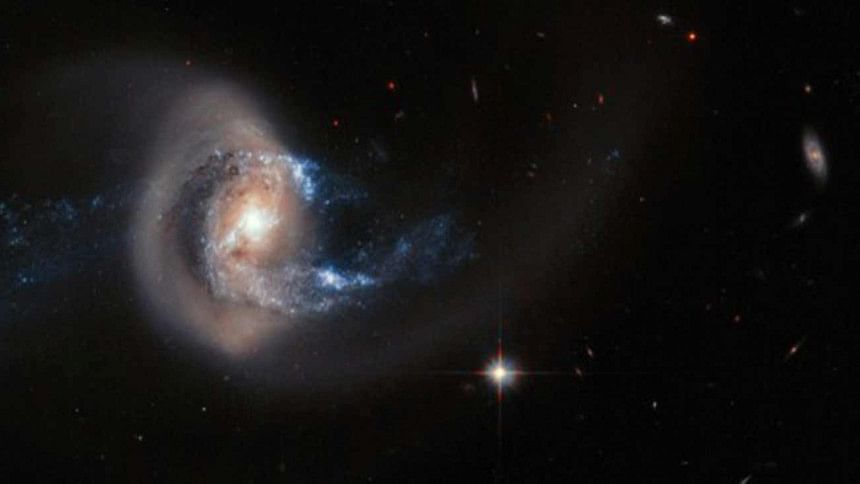More than 800 dark galaxies found

After analysing data obtained with the Subaru telescope, astronomers have discovered 854 "ultra dark galaxies" filled with mysterious dark matter in the Coma Cluster, one of the richest cluster of galaxies containing thousands of systems reports The Times of India.
The amount of visible matter they contain, less than one percent, is extremely low compared to the average fraction within the universe, the astronomers said, according to The Times of India.
"These galaxies are dark because they lost the gas needed to create new stars during or after their largely unknown formation process, billions of years ago," the researchers said.
The discovery of 47 dark galaxies was a surprising find in 2014 and the discovery of more than 800 suggests galaxy clusters as the key environment for the evolution of these mysterious dark galaxies, reports The Times of India.
"Not only these galaxies appear very diffuse, but they are very likely enveloped by something very massive," said principal examiner Jin Koda, astrophysicist at Stony Brook University in New York.
The component of visible matter such as stars, is calculated to contribute only one percent or less to the total mass of each galaxy. The rest - dark matter - accounts for more than 99 percent, the study said.
These galaxies appear very diffuse and remarkably extended as seen by the light of the stars they contain.
Many are similar in size to the Milky Way, but have only one/1,000 of stars that our galaxy does.
"The stellar population within such fluffy extended galaxies is subject to rapid disruption due to a strong tidal force detected within the cluster but dark matter must be protecting the fragile star systems of these galaxies," the astronomers said.
The Times of India reports that The National Astronomical Observatory of Japan has maintained all the data obtained with the Subaru telescope since its very first light observations 16 years ago in 1999.
The results were detailed in the Astrophysical Journal Letters.

 For all latest news, follow The Daily Star's Google News channel.
For all latest news, follow The Daily Star's Google News channel. 



Comments